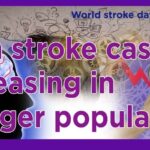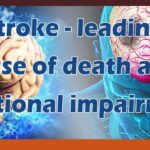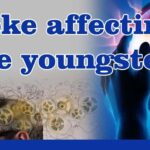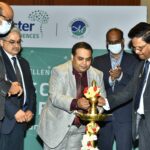Stroke care during the critical “golden hour” demands rapid recognition, swift action, and comprehensive medical intervention to minimize long-term disability and prevent fatalities.
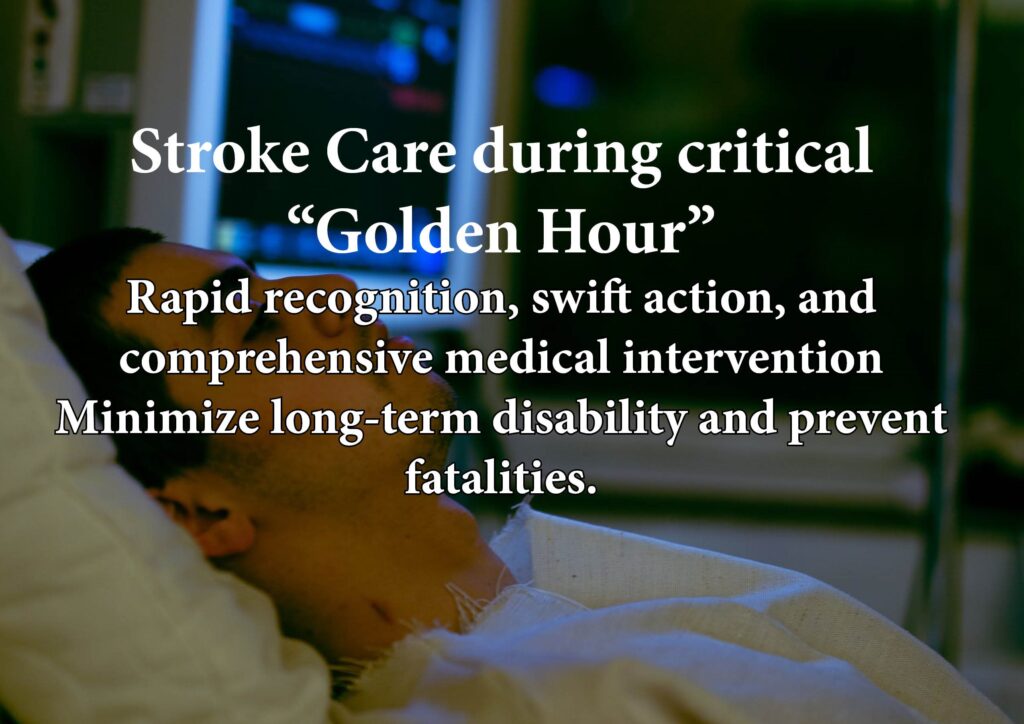

Stroke is a leading cause of disability and the fourth leading cause of death globally. In India alone, approximately 1.8 million people suffer from stroke annually, with incidence rates rising nearly 100% in recent decades. Shockingly, it’s estimated that a quarter of the world’s population over the age of 25 will experience a debilitating stroke in their lifetime. According to the World Health Organization’s 2020 data, stroke deaths in India accounted for 8.23% of total deaths, reaching 697,038.
Understanding Stroke:
There are two primary types of stroke: ischemic and hemorrhagic. Ischemic strokes, the most common, occur when a major blood vessel in the brain becomes blocked. On the other hand, hemorrhagic strokes result from the rupture of a blood vessel in the brain.
Identifying Risk Factors:
Risk factors for stroke can be categorized as modifiable and non-modifiable. Modifiable risk factors include high blood pressure, diabetes, heart disease, smoking, alcohol and drug abuse, lack of exercise, obesity, high blood cholesterol, and high red blood cell count. Non-modifiable risk factors include age, race, gender, family history, and prior history of stroke.
Recognizing Stroke Symptoms:
Early detection of stroke symptoms is crucial. The “BEFAST” acronym is a helpful guide:
B for Balance: Is there a loss of coordination or balance?
E for Eyes: Is there trouble seeing with one or both eyes?
F for Face: Ask the person to smile – does one side of the face appear droopy?
A for Arms: Is there weakness in one arm? Ask the person to raise both arms – does one drift down?
S for Speech: Are there speech difficulties, such as slurring or trouble forming words?
T for Time: Time is critical in stroke care. If any of these symptoms are present, even if transient, seek emergency assistance immediately.
Immediate Steps:
Every minute counts during a stroke, as 1.9 million neurons die each minute. Upon arrival at the hospital, brain imaging is conducted to determine the type of stroke. If it’s an ischemic stroke and the patient arrives within 4.5 hours, clot-busting drugs called thromolytics may be administered if not contraindicated. Mechanical thrombectomy, which involves removing a clot blocking a major brain vessel, may be performed within 6 hours of the last known normal condition, and in carefully selected cases, up to 24 hours.
Transient Ischemic Attack (TIA):
Even if symptoms resolve within minutes, it’s crucial to seek immediate medical attention. Such symptoms may indicate a transient ischemic attack (TIA), often a precursor to a full stroke. TIAs serve as a warning sign, with approximately one in three individuals who experience a TIA going on to have a stroke, often within a year. Prompt evaluation and treatment are essential, particularly for individuals with risk factors such as atrial fibrillation or significant arterial blockages.
In summary, stroke care during the critical “golden hour” demands rapid recognition, swift action, and comprehensive medical intervention to minimize long-term disability and prevent fatalities.
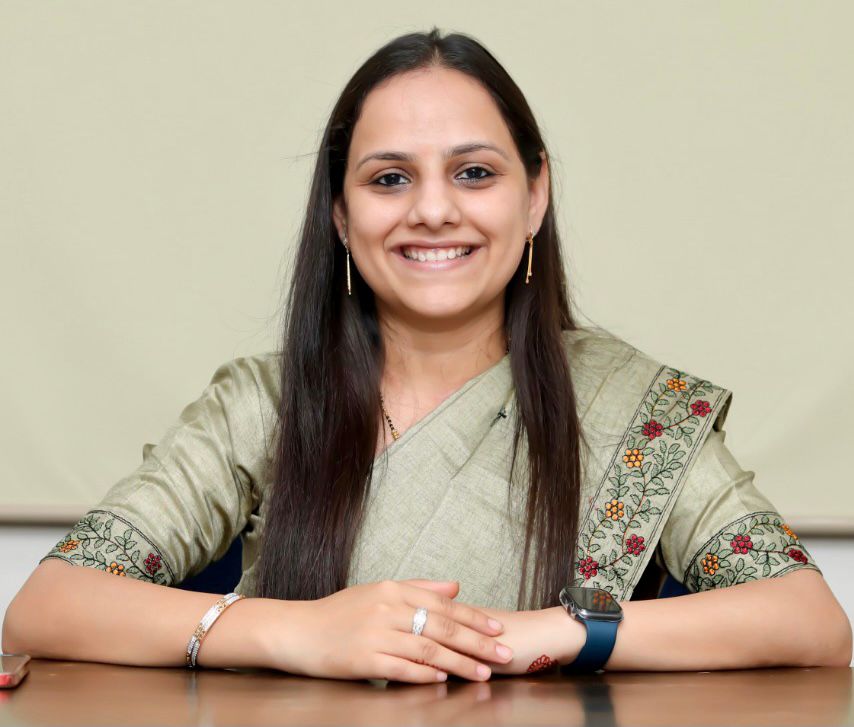

Dr Surbhi Chaturvedi
Consultant Neurologist and Stroke Specialist
Ph: 9887257514
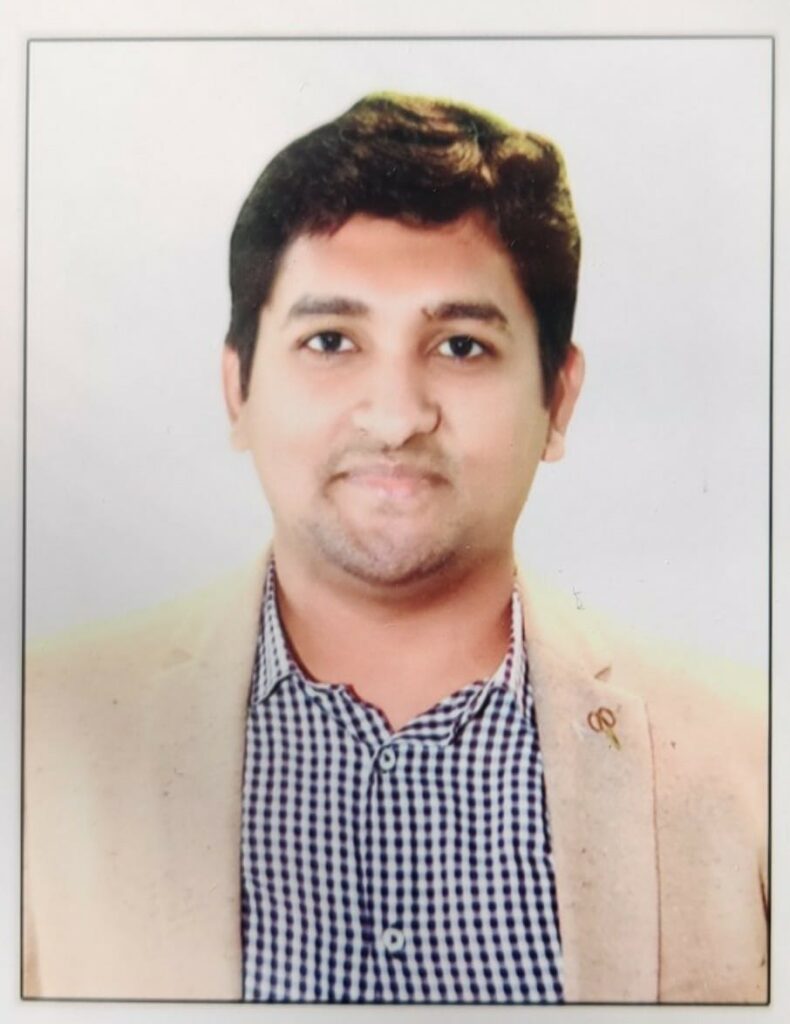

Dr Santosh H
Consultant Neurologist and Pediatric Neueologist
Ph: 9148978666



